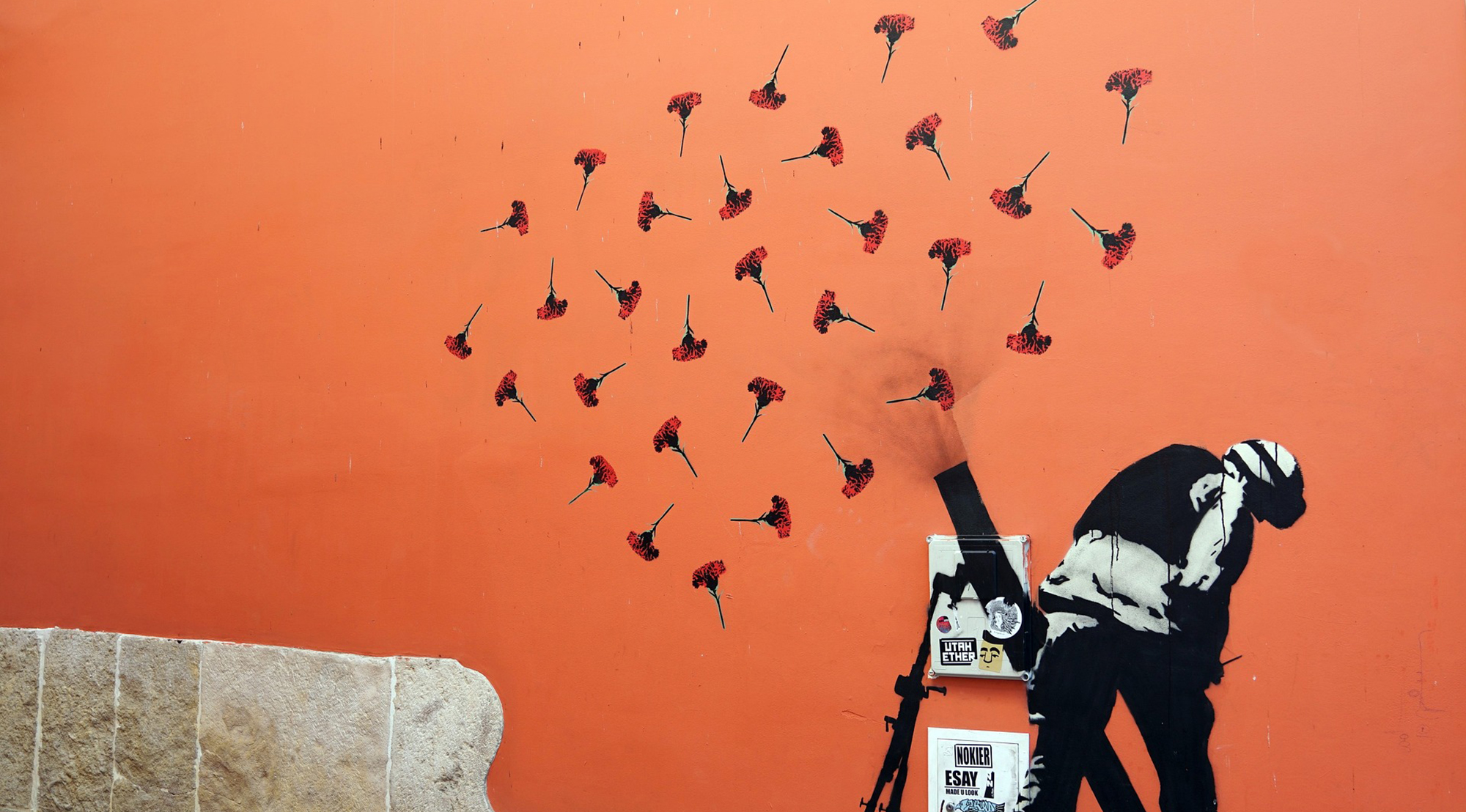Failure or success: are these notions peaceful? When we hear about “the fight for peace” the contradiction is too big to bear. Fighting is too close to violence and short-term solutions. Instead, we should work for peace. It can be a tiresome job and endless work too often poorly paid (if not paid by violence or repression), yet it has an inevitable goal: a peaceful, and so, a sustainable world.
Peace does not come only by chance. It is a process, a culture requiring accurate means to make it live. It may encounter setbacks in processing. Yet from these, there are lessons to learn and changes to make in behavior, attitudes, policy, and sociopolitical structures, reaching best practices and the highest possible standards of peace.
To gain an overall vision of peace, its progress, and areas where it still needs to progress, Steven Pinker’s “The better angel of our nature. A history of violence and humanity” is a fair head start: a long story told short, “yes, peace is possible, and it does progress!”. From there, one shall ask: “why isn’t peace done yet?” and add “how to sustain peace once acquired?”.
At the core of the peace zone, things are peaceful. At its border, violence prevention and constructive thinking are required: “where do we come from and what still hinders or threatens peace?”.
Most people want peace. Yet, we all need tools to make it more effective: education, mediation at all levels, nonviolence practice and refusal of violence. A solid work to bridge the gender gap, bringing equality and liberty (as concepts and practices) to all, so forth enabling a shift in the use of power: from force and manipulation into cooperation. These are deep systemic changes, largely or partly underway. They are possible through universal care for each and all – human rights in all relations, all made peaceful – and through more public participation.
The United Nations are peace-oriented: war is illegal (except for self-defense and peace operations), the Organisation works its best towards effective peace. In between the people and the UN, entrenched deep in our sociopolitical structures, the Nation-State, and the economy hold and often cling to might and power. How shall these be used, and what, whom shall they serve? Nations-States are not warlike; there are 26 army-less countries; the flaw is not the State, it is the manner. The Charter of the UN requires them to be “Peace-loving Nations.” Some ways to walk indeed. The economy can be generous. Both the economy and countries have the duty to improve the situation of peace worldwide and enhance the human condition for all. With our help, they will. These duties will massively increase because of climate change and the economic crisis that may emerge from the pandemic.
Beyond the lures of hope, it is in our structures and institutions that we need to invest as active citizens to help them grant and implement our right to peace. And as active consumers, it is the world’s fortune we need to attribute to the world’s well-being.
Feasible? Although necessary, peace is not an easy task: it is a necessary one and we have the tools needed to succeed.


